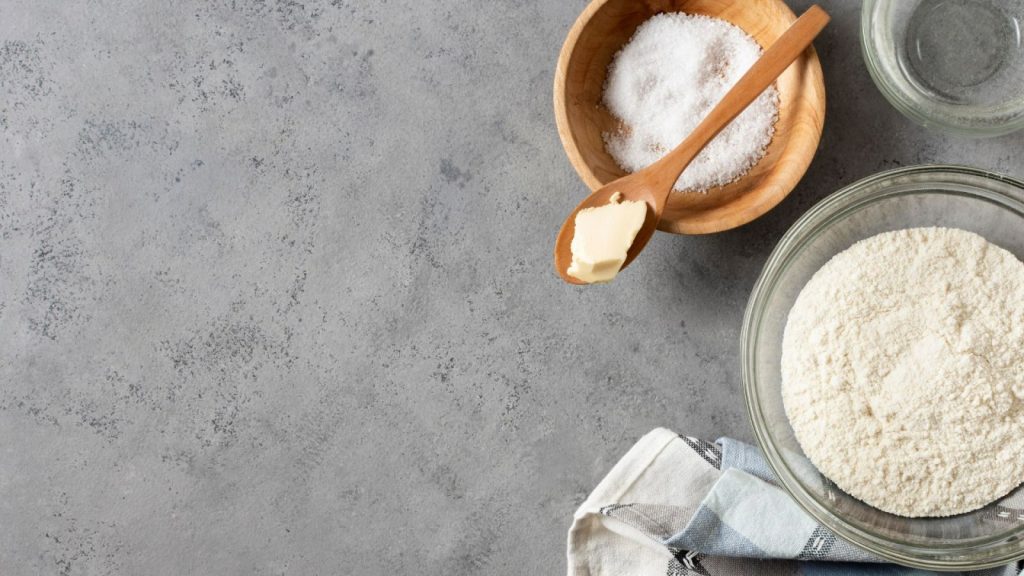
Baking powder and baking soda are essential ingredients in baking, playing critical roles in creating light and fluffy cakes. While both are leavening agents, they function differently, and knowing how to use them correctly is crucial for achieving the best results.
What is Baking Powder?
Baking powder is a combination of an acid (usually cream of tartar), a base (baking soda), and a filler (cornstarch) that keeps the two from reacting until moisture is added. It is typically double-acting, meaning it releases carbon dioxide gas twice – first when mixed with liquid and second when exposed to heat. This gas creates air bubbles in the cake batter, causing it to rise and become fluffy. For recipes where no acidic ingredient is present, baking powder is a reliable choice.
The Role of Baking Soda in Cakes
Baking soda, or sodium bicarbonate, is a base that requires an acid (such as lemon juice, buttermilk, or vinegar) to activate. When used in a cake recipe, it helps neutralize the acidity of the other ingredients while creating carbon dioxide bubbles, which expand during baking. Baking soda for cake produces a faster reaction than baking powder, so it is commonly used in recipes that are baked immediately after mixing.
Baking Powder vs. Baking Soda
Although they are both used as leavening agents, baking soda and powder are not the same. While baking powder can leaven a cake on its own, baking soda is about three times stronger and requires an acidic counterpart to function. The secret to getting the ideal cake texture is knowing how to balance the two.
You can make sure your cake rises uniformly and has a lovely, fluffy texture by using both baking soda and powder.
